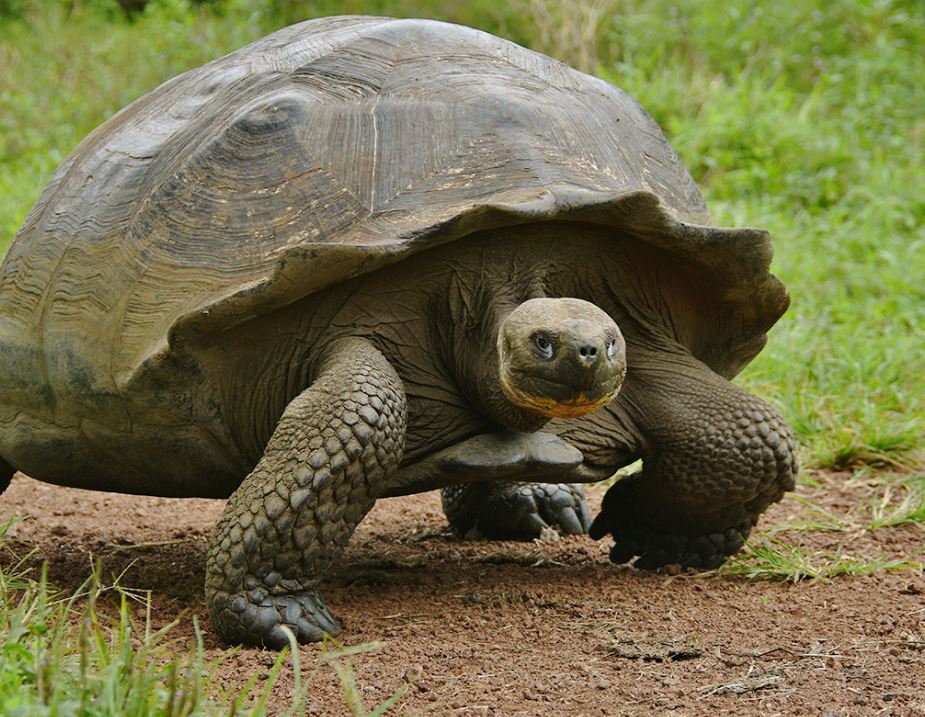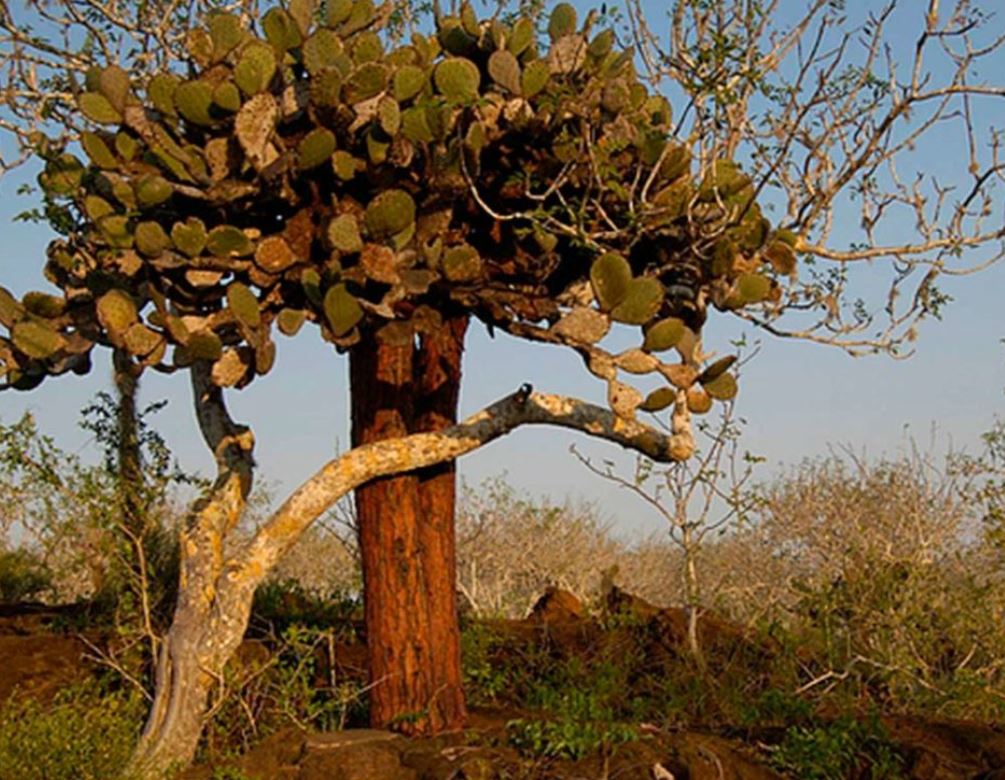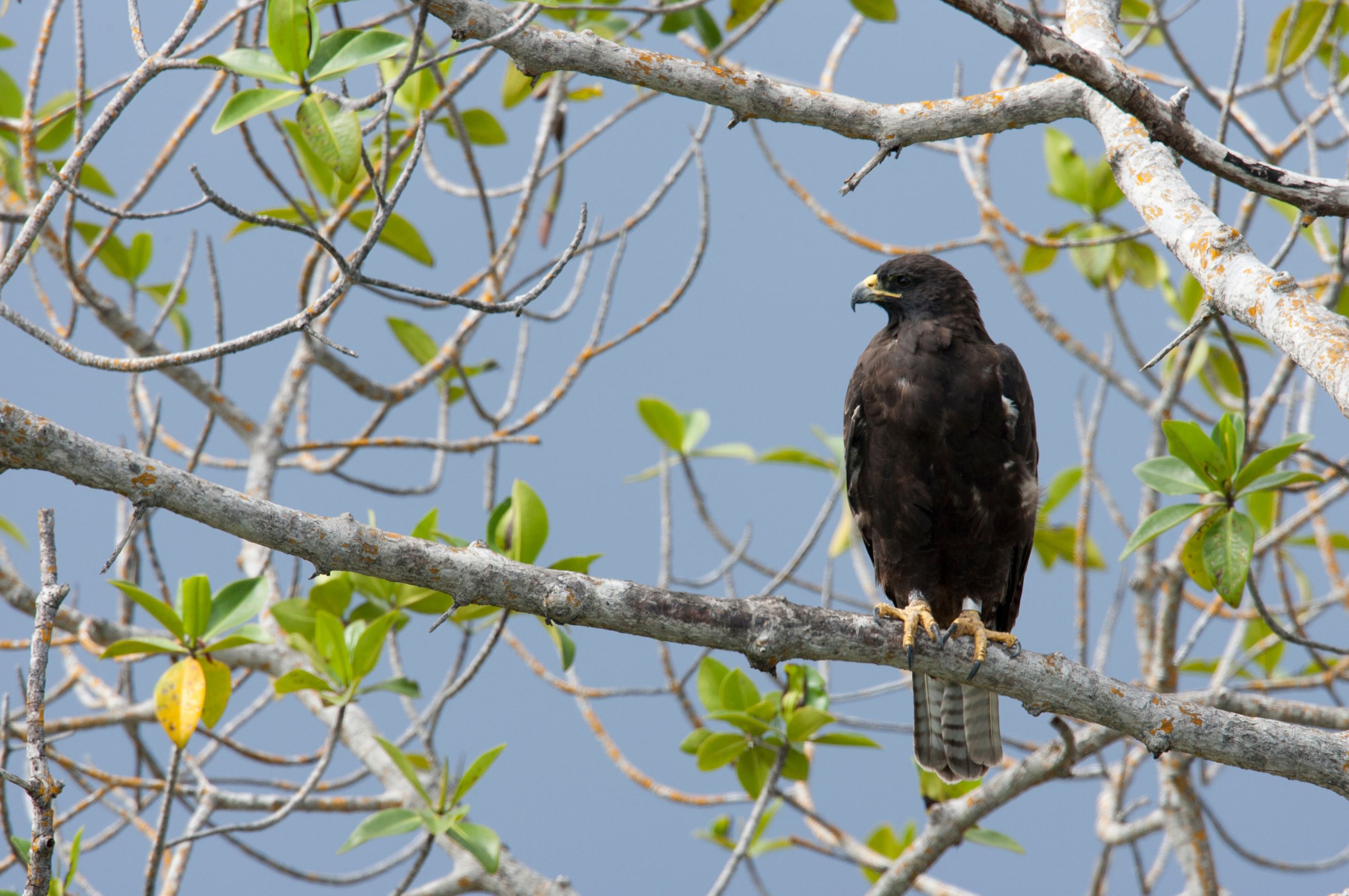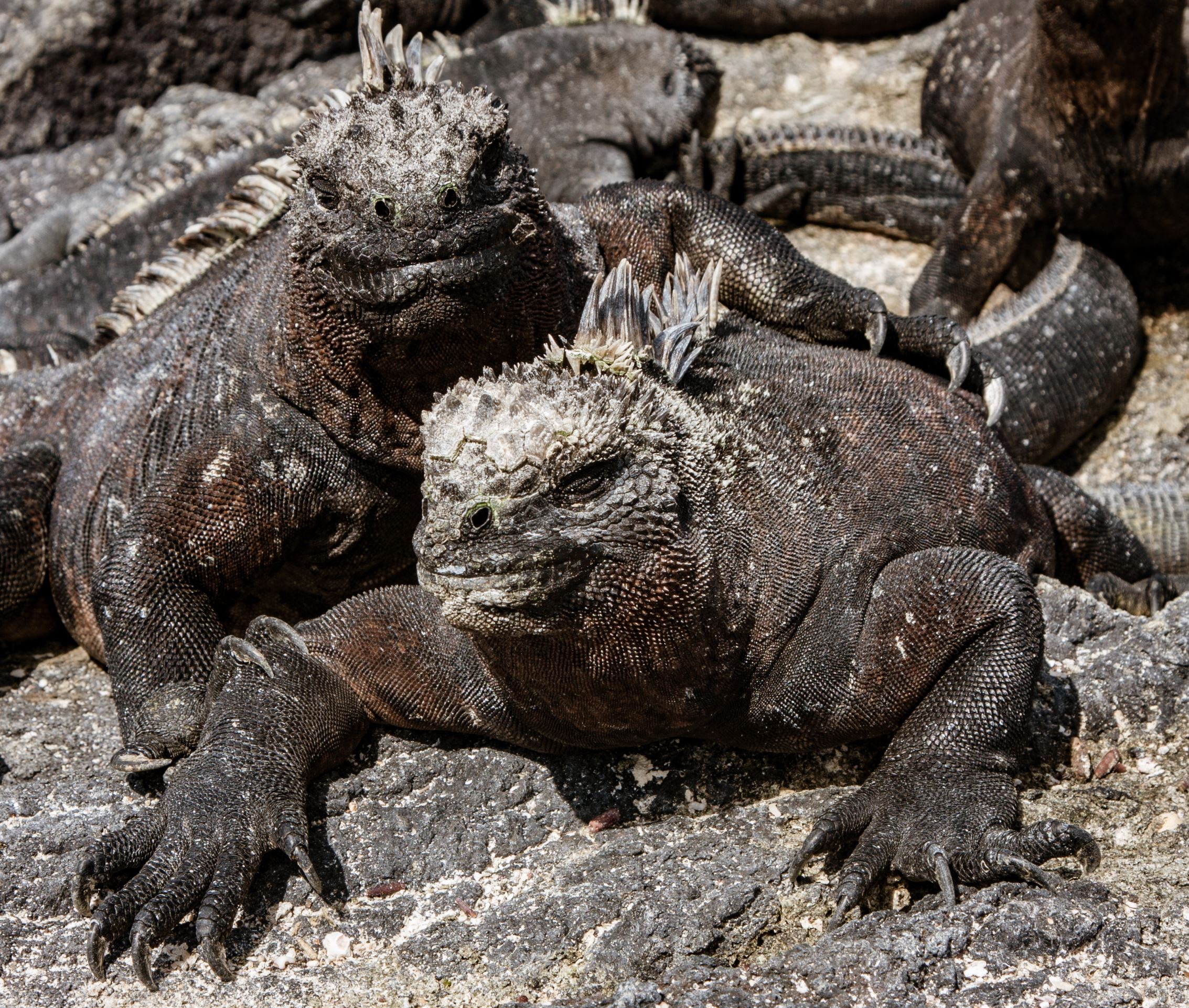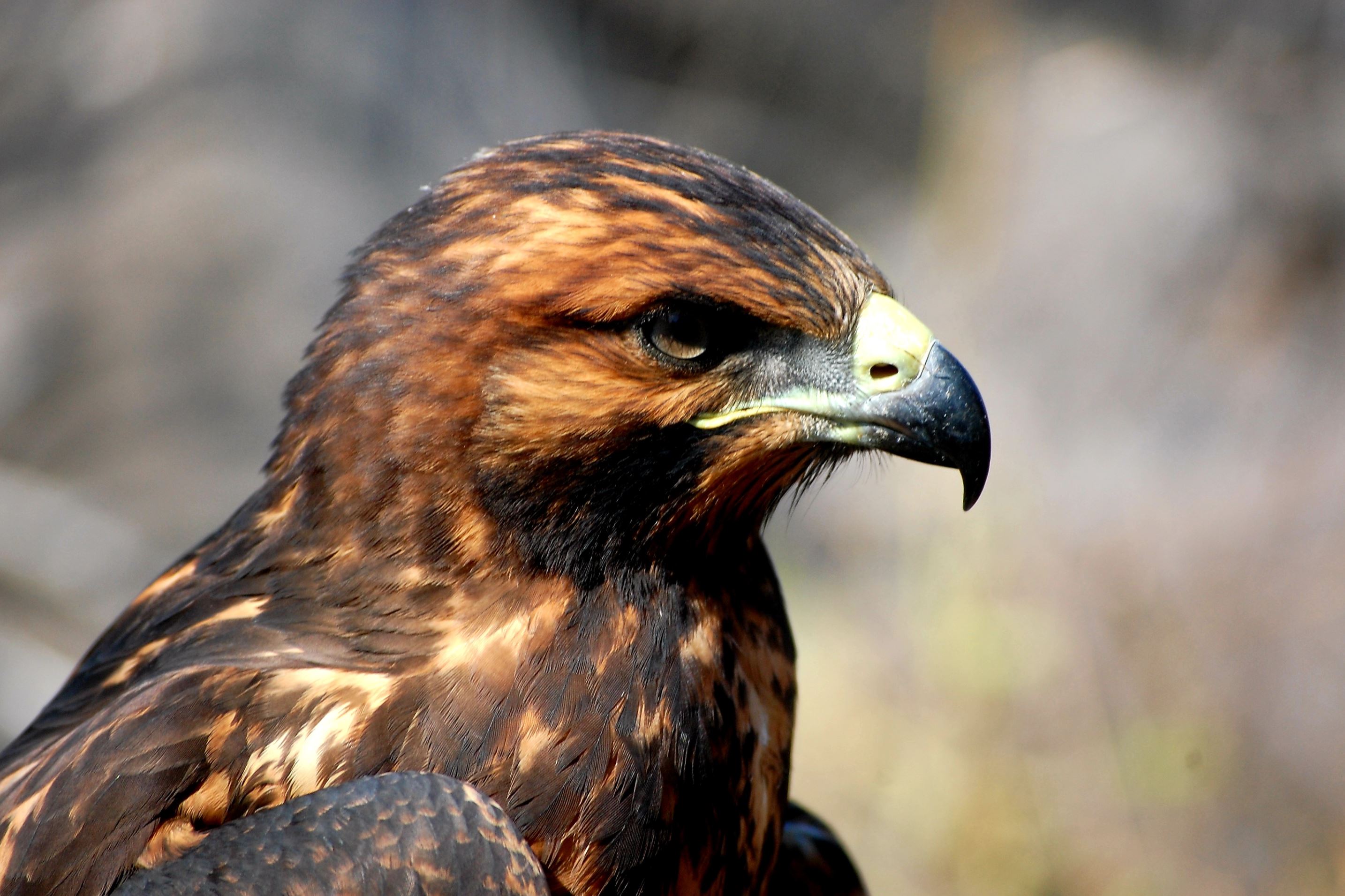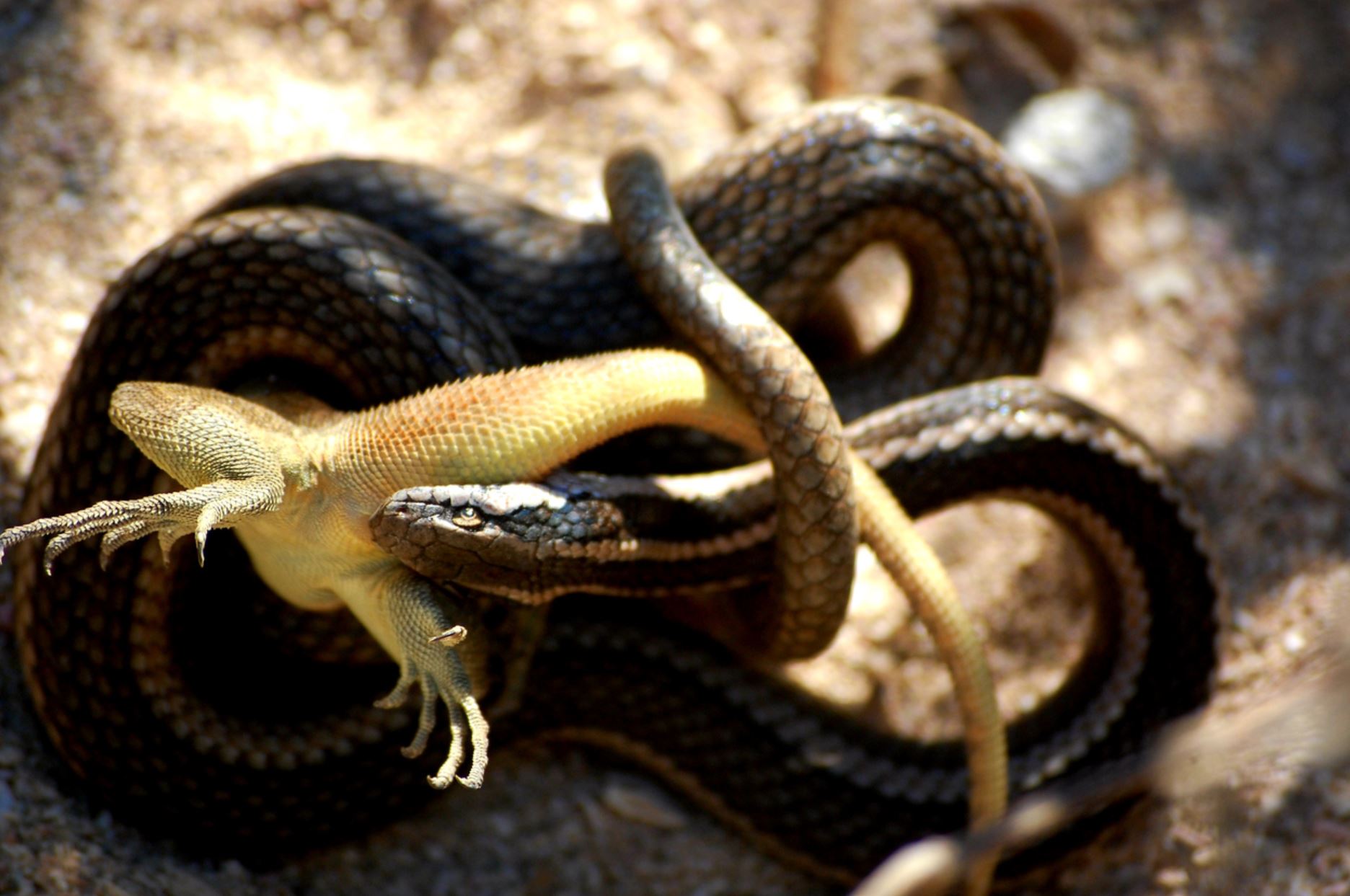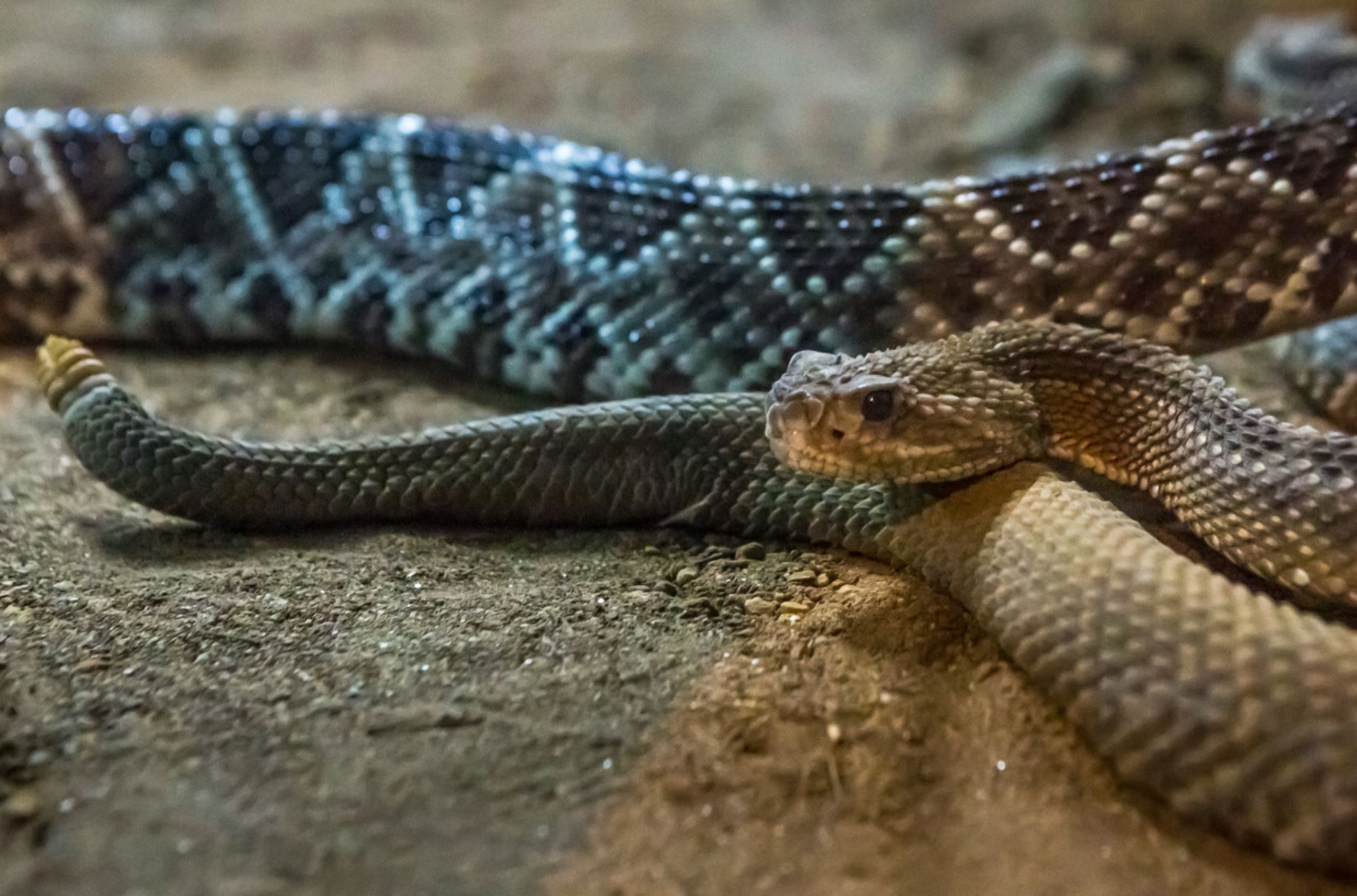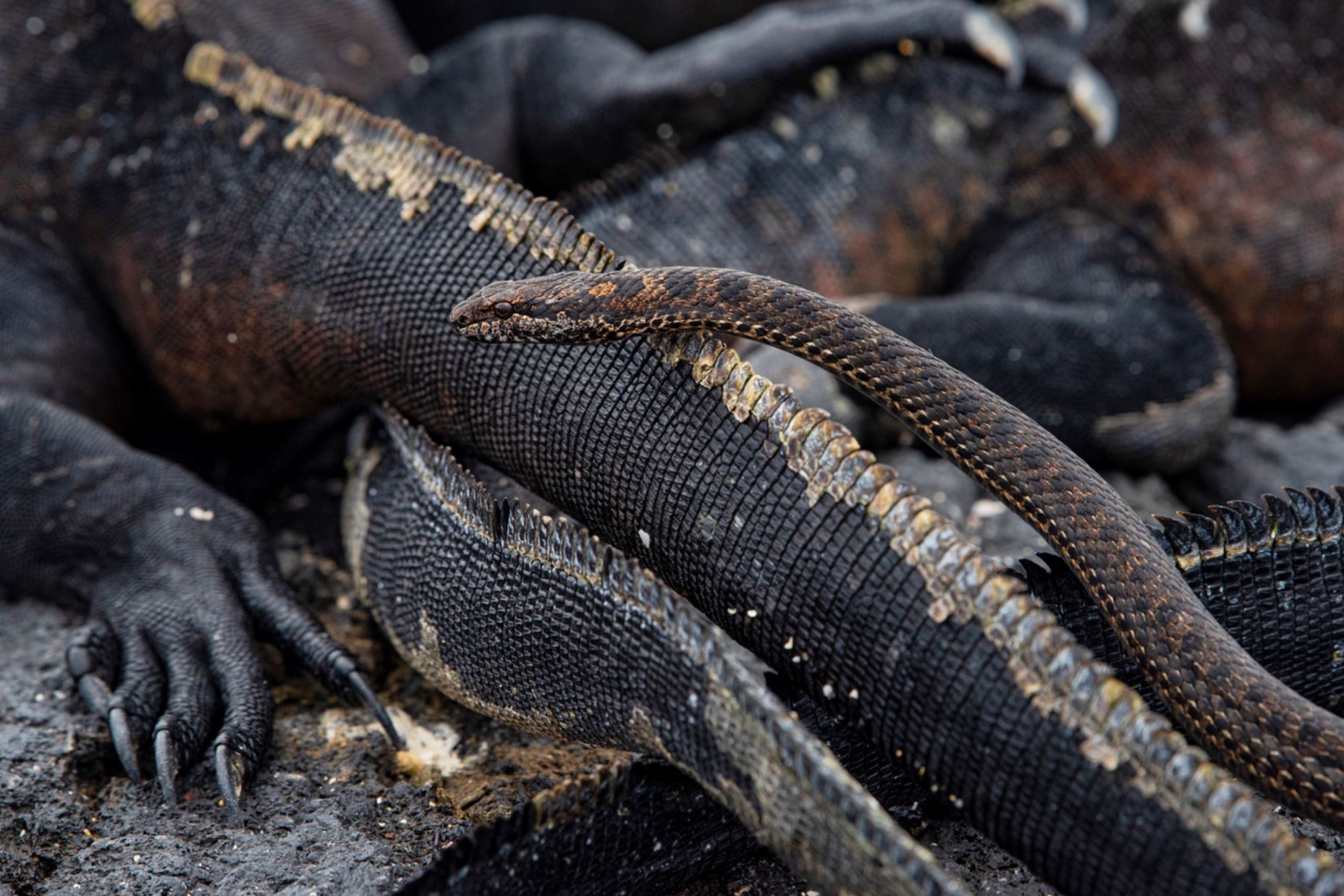Pinta
Animals/Wildlife




Landscape/Views



Snorkeling

Beaches

Pinta Island is the northernmost of the larger islands and is relatively isolated from the rest of the archipelago. Originally named for the Earl of Abingdon, the island’s official Ecuadorian name is Isla Pinta, named after one of the three ships sailed to the New World by Columbus. Pinta is a shield volcano with numerous young cones and lava flows along NNW-trending fissures. Pinta is the original home of Lonesome George, perhaps the most famous tortoise in the world. During the 1800s, whalers removed large numbers of Pinta tortoises as a food resource on their long journeys. By the early 20th century, the Pinta tortoise was likely ecologically extinct. Fishermen also opportunistically slaughtered tortoises through the mid 1900s. Goats were introduced to Pinta in 1959 and a subsequent population explosion caused massive ecosystem degradation. The sole known surviving Pinta tortoise, Lonesome George, was spotted in 1971 and taken into captivity the following year; no other live tortoise has been found since. Numerous attempts at mating George over the decades were all unsuccessful and he eventually dies in 2012. His body was preserved at the American Museum of Natural History in New York City and was eventually put on display at the Charles Darwin Research Station on Santa Cruz Island.
Pinta has long been home to Swallow-tailed Gulls, marine iguanas, Galapagos Hawks, fur seals, and a number of other unique bird, reptile, and plant species. Until the mid-19th century, it was also home to thousands of Pinta tortoises—giant saddleback tortoises endemic to this island. Today it stands as a sober reminder of the destructive impact of humans on fragile ecosystems. However, a group of conservationists, scientists, and resource managers are working to restore Pinta. Used as a training ground for Project Isabela, the complete removal of goats in 1999 resulted in Pinta being one of the islands with almost no exotic species, although it continues to lack its largest species, the giant tortoise. Project Pinta is aimed at restoring the giant tortoise to this island and thus restoring the ecosystem.
Official Name: Pinta Island
English Name: Abingdon Island
Visitor Sites: None
Area: 23.1 sq. miles (60 sq km)
Max altitude: 2550 feet (777 meters)
Approximate Age: 2 million years old
Animals Regularly Seen: Swallow Tailed Gulls, Marine Iguanas, Galapagos Hawks, Fur Seals.
Outstanding characteristics: This island was the home to Lonesome George, the last remaining specimen of the Pinta Island Tortoise, that died a view years ago.
Vegetation: Typical of arid zone, sparse.
Geology: Pinta Island is a shield volcano with numerous young cones and lava flows originating from NNW-trending fissures.
Pictures
Animals that can be seen on the island
Galapagos Racer Snake
Racer snakes on Galapagos are constrictors and only mildly venomous. They are known to prey on lava lizards, geckos, insects, iguanas, mice, rats and hatchlings of several bird species. They are not at all aggressive towards humans and could not do much harm if they were to attack after being threatened. Racers tend to be dark brown with stripes or spots.
There is some confusion over the number of species of racer snake found in Galapagos due to poor research. The latest research suggests that there are: the Galapagos racer (Pseudalsophis biserialis) from San Cristobal and Floreana – though it is locally extinct on Floreana and now only found on nearby islets; the Espanola racer (Pseudalsophis hoodensis) from Espanola and adjacent islets; Santa Cruz racer (Pseudalsophis dorsalis) from Santa Cruz, Baltra, Santa Fe and adjacent islets; Fernandina racer (Pseudalsophis occidentalis) from Fernandina, Isabela, and Tortuga; banded racer (Pseudalsophis slevini) from Pinzon; and the striped racer (, ) from Baltra and Santa Cruz.
It is the Fernandina racer which has been observed hunting for marine fish from rock pools and the shallows around Fernandina. The British biologist Dr. Godfrey Merlen was the first scientist to ever see this behaviour happening as he noted up to 15 individual snakes slithering around the lava rock pools around Cape Douglas. This is a unique behaviour of terrestrial snake not observed anywhere else in the world. The racers on Fernandina were also the stars of BBC´s Planet Earth II where they were filmed hunting juvenile marine iguanas.
Racer snakes can be found in Galapagos on most of the major islands, though they are now locally extinct on Floreana. The snakes are found throughout the year, but unlike many other Galapagos animals they are shy of humans and will hide away making them reasonably tough to spot without looking for them specifically. They are diurnal, most active around dawn and dusk, and often rest around midday. The native snake population has been decimated by introduced species such as cats, pigs and feral goats which forage for their eggs.
- Animal Group: snakes
- Scientific Name (depending from the islands): Pseudalsophis biserialis, Pseudalsophis hoodensis, Pseudalsophis dorsalis, Pseudalsophis occidentalis, Pseudalsophis slevini, Pseudalsophis steindachneri
- Animal Average Size: 80 cm bis 1,20 m
- Animal Average Weight: 8 – 10 kg
Racer males can be found in Galapagos on most of the major islands!
Location
Mr. Frobeen can give you precise information about the ships.
Mr. Frobeen will be happy to advise you by phone at +49 (0)7633 9399360 or via email info@frobeen.de
If you want to book, what are the payment methods?
The reservation is gratis as an option.
If you want to make an fixed booking, there is to pay a deposit of 20%.
The remaining payment is due 4 weeks before departure. In individual cases, such as diving cruises, other rules apply. Information on request.
- Your payments are insured against bankruptcy!

